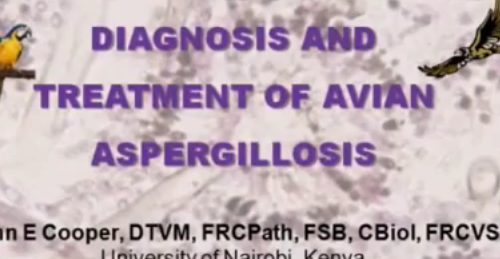Lecture Overview
In this lecture, Dr. Hooper introduces us to the fascinating world of human gut microbiota; the microorganisms that live within our bodies. Although we may think that most bacteria are harmful, Hooper provides ample evidence that symbiotic gut microbes are important to good human health. Her lab is interested in understanding how the gut microbiota changes during illness or disease and how it influences our ability to fight infections. Using germ-free mice, they were able to demonstrate that a healthy gut microbiota can shape development of the host immune system and provide protection against dangerous infections like salmonella.
In the second part of her talk, Hooper explains how the balance of organisms in the gut microbiota is maintained. By comparing DNA microarray data from normal mice and germ-free mice, Hooper’s lab was able to look for genes induced by the gut microbiota. They identified RegIIIγ, an important protein involved in the protection against pathogenic bacteria. They showed that RegIIIγ forms pore complexes in the membranes of gram-positive bacteria and kills them. In mice and humans, the intestinal epithelium is coated with a layer of mucus. Typically, there is a gap between gut bacteria, which are found in the outer part of the mucus layer, and the epithelial cells. Hooper’s lab showed that RegIIIγ helps to maintain this gap by preventing gram-positive bacteria from colonizing the intestinal epithelial surface. This, in turn, prevents infection of the host.
![]()
Speaker Bio
Although she always was interested in science, Lora Hooper’s love for biology started after taking an introductory class at Rhodes College in Memphis, TN where she was an undergraduate. Hooper continued her graduate education in the Molecular Cell Biology and Biochemistry Program at Washington University in St. Louis where she joined Jacques Baenziger’s lab. For postdoctoral training, she stayed at Washington University, in the lab of Jeffrey Gordon, where she began her studies of the interaction between gut bacteria and host cells and discovered that bacteria have the capacity to modify carbohydrates important for cell signaling.
Currently, Hooper is a Professor of Immunology at The University of Texas Southwestern Medical Center and a Howard Hughes Medical Institute Investigator. She has established one of the handful of mouse facilities that have the capacity to breed germ-free mice. Using these mice, her lab explores the symbiotic relationship between a host and its microbiota with the aim of providing insight into human health.
Hooper was a recipient of the Edith and Peter O’Donnell Awards in 2013 and in 2015 she was elected to the National Academy of Sciences.
Learn more about Lora Hooper at http://hooperlab.org/ and http://www.hhmi.org/scientists/lora-v-hooper
http://www.ibiology.org/ibioseminars/mammals-symbiotic-gut-microbes-part-1-lora-hooper.html
Medical and Patient education videos
-
Title
Description
-
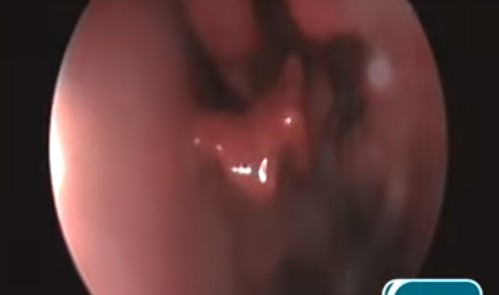
Nasal Aspergillosis destroys the bone in and around the nose. Unfortunately this case could not be treated and the dog had to be euthanised.
-
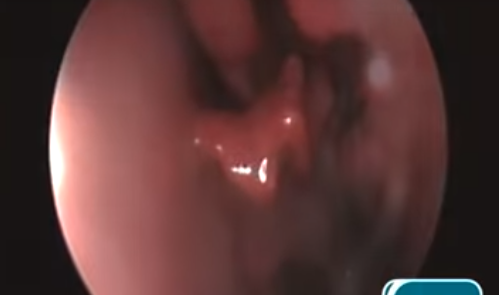
Nasal aspergillosis with moderate turbinate destruction and fungal plate on left frontal sinus mucosa. Biopsy was performed and 10% clotrimazole cream was applied through endoscope.
[Aspergilosis nasal con moderada destrucción de cornete etmoidal izquierdo y placa micótica sobre mucosa de seno frontal. Se realizó la biopsia y se aplicó una crema de clotrimazol al 10% mediante el endoscopio.]
-

This video depicts removal of superficial fungal infection involving the right ear canal by using suctioning technique
-
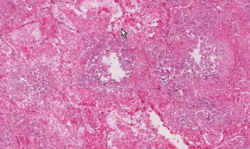
More examination & analysis of lung specimens from a patient with aspergillosis
-
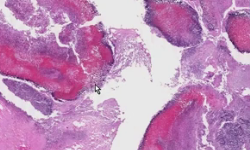
A histological tour of the signs of aspergillosis in lung specimens
-

A collection of short video’s hosted by the Aspergillus Website showing various aspects of the cell biology of Aspergillus and how parts of our immune system fights the infection.
-
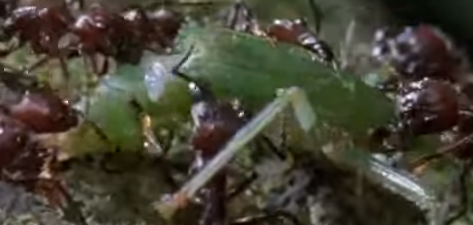
Sir David Attenborough and the Planet Earth team discover the weird world of the Cordyceps; killer fungi that invades the body of an insect to grow and diminish the insect population. Fascinating animal and wildlife video from the BBC epic natural world masterpiece ‘Planet Earth’.
-
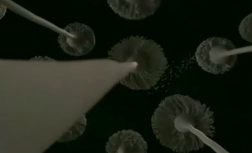
This video was kindly provided with permission from Lariontsev Nikolay.
-

A patient describes her experience of living with chronic pulmonary aspergillosis and treatment with itraconazole.

